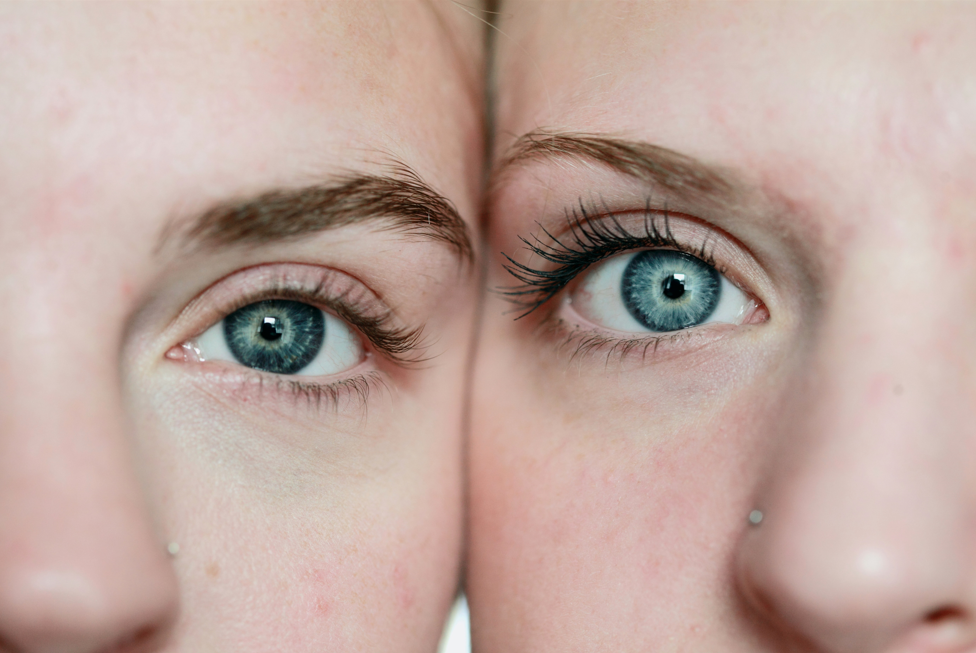Our health is exposed to a series of threats on a daily basis, many of which are invisible to the naked eye. An example are those caused by , small molecules potentially free radicals that are harmful to cells and the body. Understanding what free radicals are and how to fight them effectively is essential to preserve our well-being.
Let us examine, then, their nature and symptoms, the effective strategies to combat them and protect our body. We will then be able to adopt preventive measures to ensure a healthy lifestyle.
What are free radicals?
Free radicals or ROS (Reactive Oxygen Species) are highly reactive and oxidizing waste molecules, produced by oxygen metabolism, or cellular respiration. Their reactivity is due to the composition of these special atoms: in fact, they have one or more unpaired electrons and are therefore unstable.
On the skin, free radicals can cause oxidative damage, accelerating skin aging and contributing to the development of wrinkles, dark spots and loss of elasticity. This is because, to obtain an even number of particles, they create instability in the molecule from which they take one or more electrons, oxidizing it. This generates a continuous process that, if not blocked, can damage cells and trigger premature aging of the epidermis.
How free radicals are produced
Free radicals are formed inside the mitochondria, small organs of our cells where energy is produced. The production of these molecules can occur in the case of inflammation, following excessive exposure to ultraviolet rays, chemicals and pollutants of various kinds. Risk factors also include: bad habits, such as smoking and drinking alcohol, taking drugs, intense physical effort or prolonged stress.
Symptoms of cellular oxidation
In the right concentrations, free radicals contribute to important physiological mechanisms, such as intracellular communication and the body's defense system. It has been said that their generation occurs during breathing in the presence of oxygen, but if the production of free radicals is in excess, or if they are not neutralized within the body, the so-called " oxidative stress " is triggered.
The symptoms of cellular oxidation are not directly perceptible or tangible, but they can determine the lowering of the defensive barriers and trigger some pathologies. Among the most common effects is the premature aging of the skin, which manifests itself with the appearance of wrinkles, dullness in tone and loss of elasticity.
But what is oxidative stress? This definition refers to the set of alterations that occur within tissues, cells and biological macromolecules when exposed to excessive oxidizing agents.
How to fight free radicals
To “clean” the body of excess free radicals, it is necessary to adopt a healthy lifestyle. First of all, it is advisable to choose a diet based on nutrients rich in antioxidants, such as fresh and seasonal fruit and vegetables, but also foods with modest quantities of saturated and hydrogenated fats.
The diet plan is not the only prevention tool to counteract the action of free radicals: it is necessary to limit inflammation, smoking and alcohol consumption, excessive drug treatments, prolonged exposure to the sun and pollution, and intense physical activity.
Foods rich in antioxidants
To counteract the harmful action of free radicals on the skin, it is necessary to pay attention to the wonders that our table offers us: it is here that we find the most powerful antioxidant substances, capable of protecting the epidermis from the damage caused by aging and environmental exposure and of giving the epidermis a compact, healthy and luminous appearance.
The starting point is to identify foods rich in antioxidants. Vitamin A or retinol is present in cheese, liver and egg yolk; vitamin C in every red, orange and yellow fruit or vegetable; vitamin E in vegetable oils, walnuts, hazelnuts and avocado; mineral salts in legumes, seeds, cereals, fish and eggs; polyphenols in berries, olive oil, citrus fruits, broccoli and cabbage.
The help of antioxidant supplements
If a healthy lifestyle and a balanced diet are not enough to rebalance the normal functions of the body, you can avail yourself of the help of specific supplements that contain ingredients that contribute to the protection of cells from oxidative stress such as nail and hair supplements and skin supplements.
These products, available in tablets, capsules, liquids or other formats, are the ideal allies to help protect cells from oxidative stress and slow down skin aging. Swisse Hyaluronic Acid and Collagen tablets, formulated with hyaluronic acid and collagen, are also a valid tool for maintaining healthy skin. If you are wondering what hyaluronic acid is and why it has a strong anti-free radical action, it is a substance naturally produced by the body that helps maintain tissue elasticity and, by performing an antioxidant action, neutralizes free radicals.
Sources
https://www.schwabe.it/bisogni/cosa-sono-i-radicali-liberi/
https://www.centrostressossidativo.it/razionale/radicali-liberi/
https://www.licofarma.com/radicali-liberi/
Free Radicals: What They Are, What They Do, and How to Fight Them

